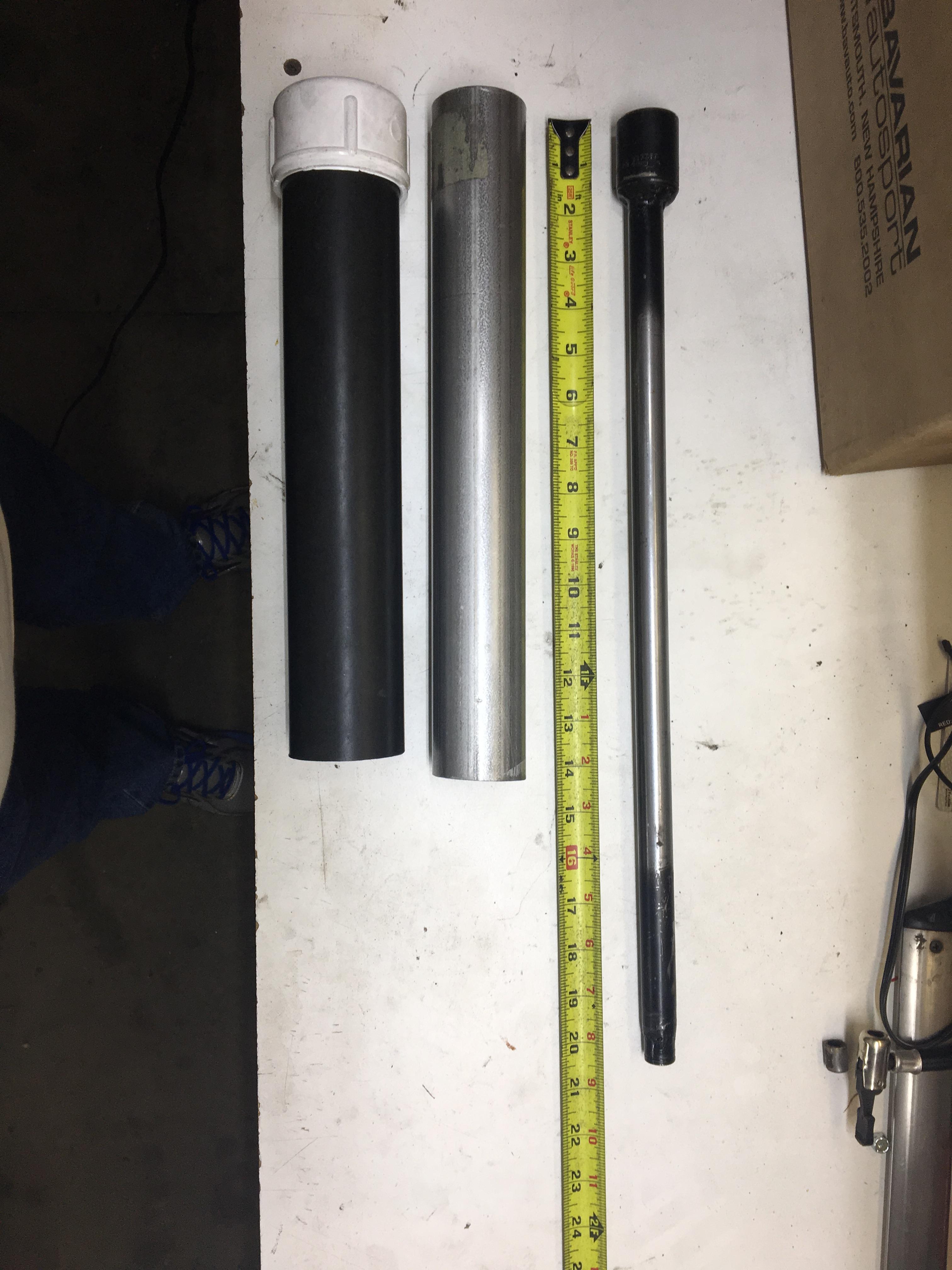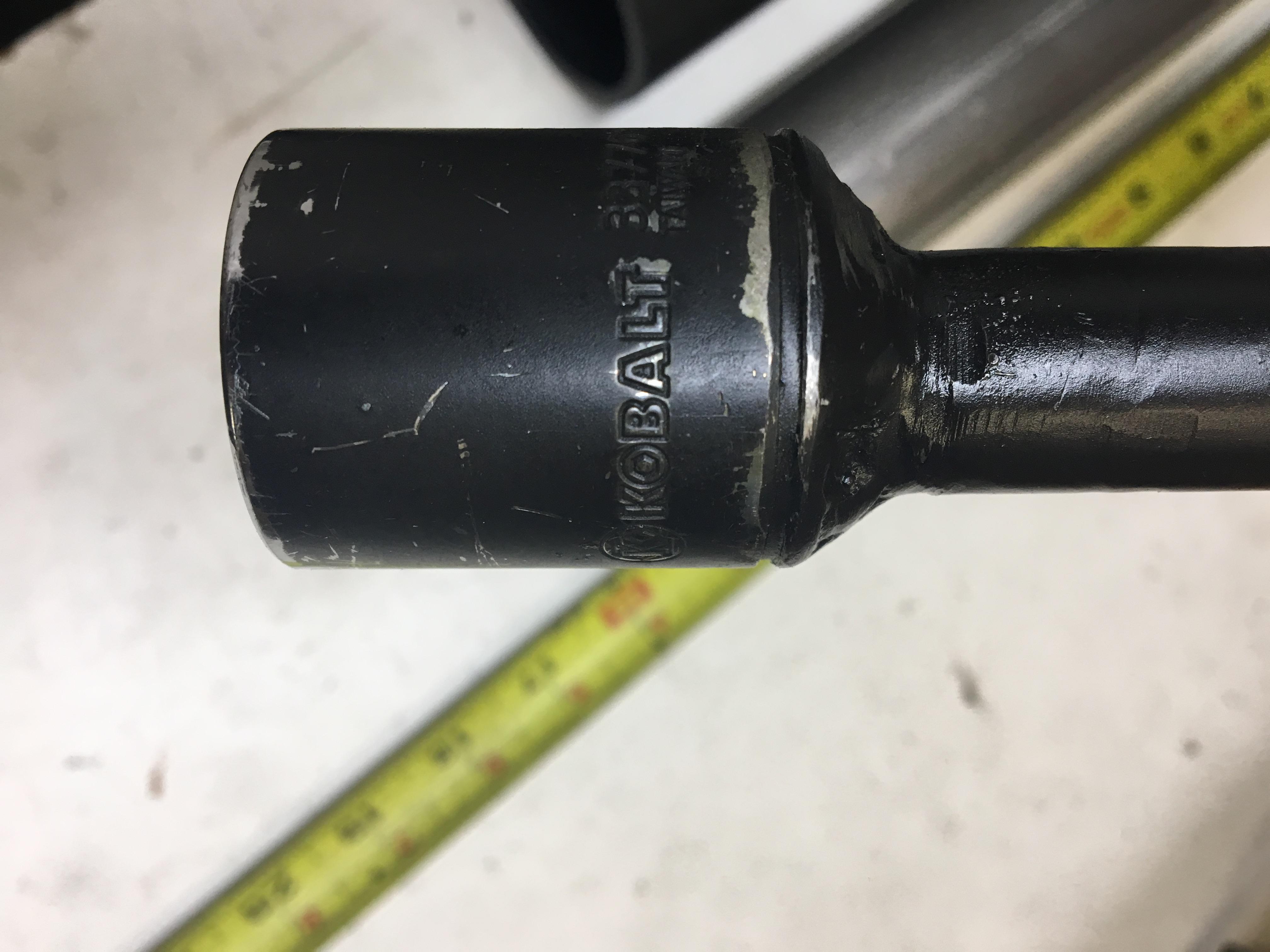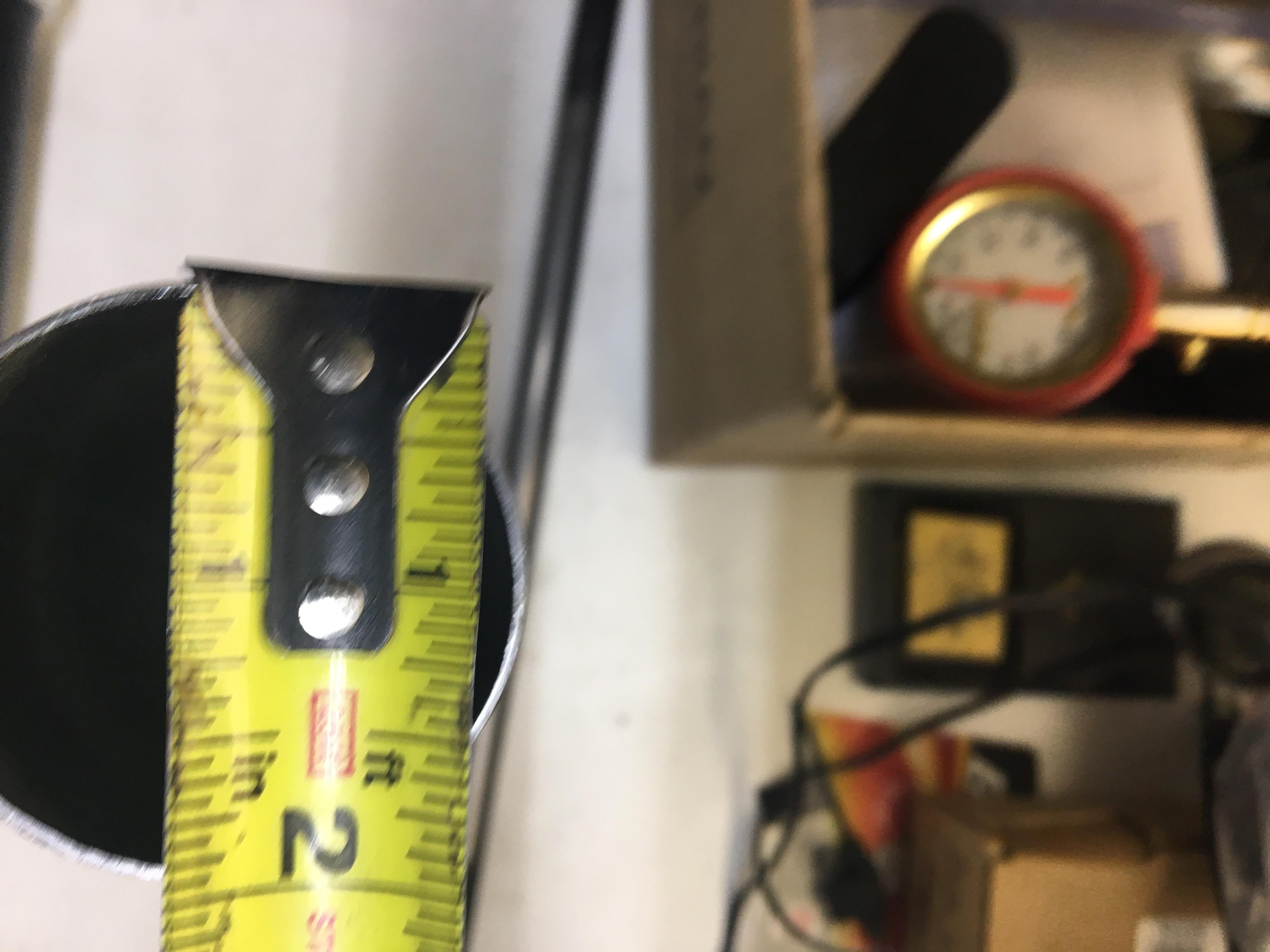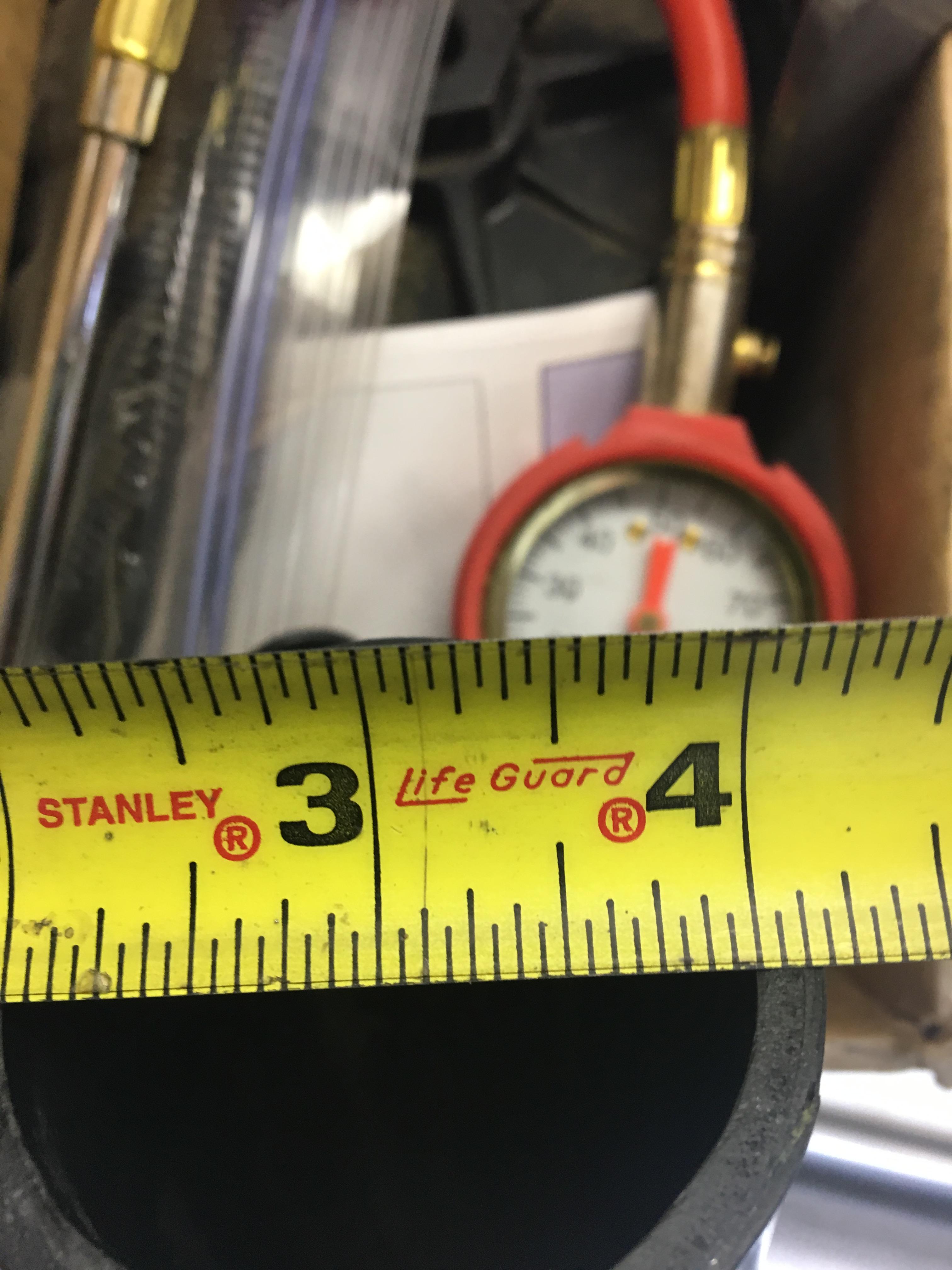After 88K miles I have a fork oil leak. I got the Yamaha seal kit including two oil seals and two dust seals. I didn't get the inner and outer tube bushings.
Should the bushings be replaced or could they be OK?
How do you remove the oil seals if you don't remove the inner tube, etc.?
Should the bushings be replaced or could they be OK?
How do you remove the oil seals if you don't remove the inner tube, etc.?
























































